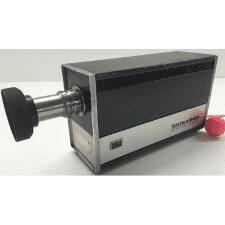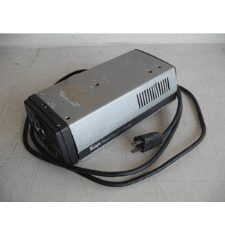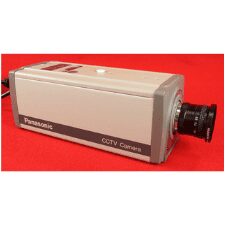The History of CCTV
As a leading specialist, installing Integrated Security Systems for more than 18 years, we are beginning to see a major change in the security industry. Many people think that the security systems we use now, are very technically advanced. Here at Monatrix we believe there are exciting and significant advancements emerging within the security industry and we are championing these advancements.
But before we discuss what it can do now and where is it all going, it made us think about where it all started and the history of electronic security.
The earliest reported CCTV use for surveillance was in Germany in 1942 when Walter Bruch invented the camera that produced a live video stream. It was initially used, in the live stream state which wasn’t recorded and used to monitor V-2 rocket launches.
The United States also used CCTV in the 1940s, again in the form of a live stream, to watch Nuclear Bomb Tests in the safety of a laboratory away from the dangers of the explosion and the first commercial offering of CCTV was in 1949 by a US company called Vericon. The same year the book ‘1984 by George Orwell’ was launched.
The first CCTV system to be installed in the UK was in 1960 by the Metropolitan Police who set up cameras on two occasions in Trafalgar Square to monitor crowds on the arrival of the Thai Royal Family and activity in the square on Guy Fawkes Day.
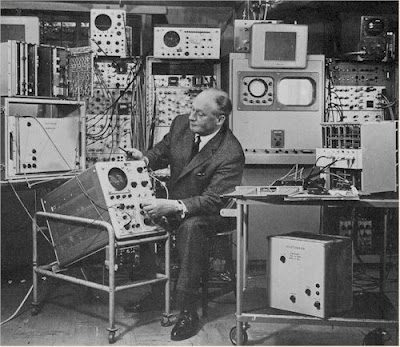
Walter Bruch: Inventor of Modern Day CCTV
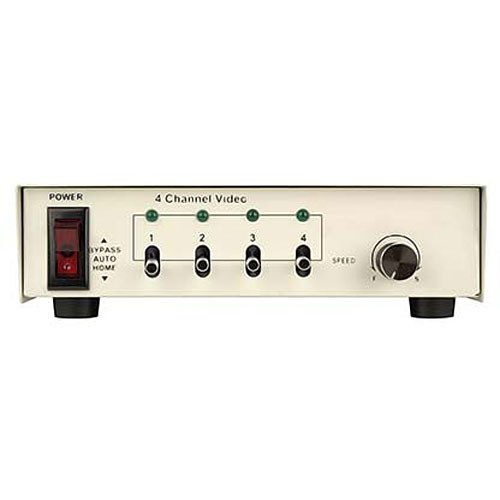
In 1951 video cassette tapes were invented but were not commercially available until 1969 which now made CCTV a lot more useable, especially as in the same year the VCR became available.
You need to think of a videotape as if it were a cartoon, with an image changing slightly on each frame. When the tape is played at the correct image rate per second the image moves realistically, as if live. When a 3Hour videotape is played at the correct speed, 24 images per second would pass the image head and if the tape is therefore slowed down, to play over a 24Hour period, only 3 images pass the head per second.
Initially, a single camera would be connected to a VCR. If the tape-recorded at the 3hour rate playback would look like a live feed. If the tape was recorded at the 24 Hour rate the playback would only have 3 images per second so looked a bit more jointed with movement missing.
In the 1970s and 1980s, CCTV began to spread quite quickly not only within business and retail but with the police and councils in the UK. A Picture in Picture device allowed you to view and record two cameras at the same time, One Large image with a smaller image in the corner.
A Switcher was the next device on the market, allowing you to record up to four cameras. The only issue with this device was that the image on the screen would be the only recorded camera and after 5 seconds it would switch to the next camera, and so on. This resulted in a loss of 15 seconds of footage every 20 seconds, and the shoplifters soon discovered this issue, if they were not on the image, it was not recording them.
The Digital part of the old analogue systems took one final step with the introduction of the Digital Video Recorder. This replaced the VCR and Multiplexer and recorded the images from the cameras in one unit on a digital medium. Initially, the first medium used were DAT tapes but very soon this moved to hard drives.
The units got better with more powerful software platforms and larger and larger hard drives. Video Analytics was also developed during this digital era.
In 1996 a new IP CCTV camera was developed by Axis, however, at this stage, it was not going to take over from the old analogue systems as it only recorded 1 image per second at 1CIF. After a further three years, we begin to see the very first IP cameras coming to the market and the new NVRs network video recorders.
The Analogue systems have had their day and Hybrid recorders are required, to allow users the ability to keep old analogue cameras whilst changing over to the new digital technology. Dedicated NVRs are also available for new CCTV customers.
Developments with software and viewing platform improve massively over the 2000s and Video management software allows multiple systems to be integrated. The 2010s see even more development in software and AI and facial recognition and many more applications start to make the CCTV systems of today more powerful tools than ever before.
Today the estimated number of CCTV cameras in the UK is now estimated to be 5.2 million which equates to 1 camera for every 13 people, with London having approximately 689,000 cameras. And we believe many of these will change over to Cloud-Based systems in the next decade.
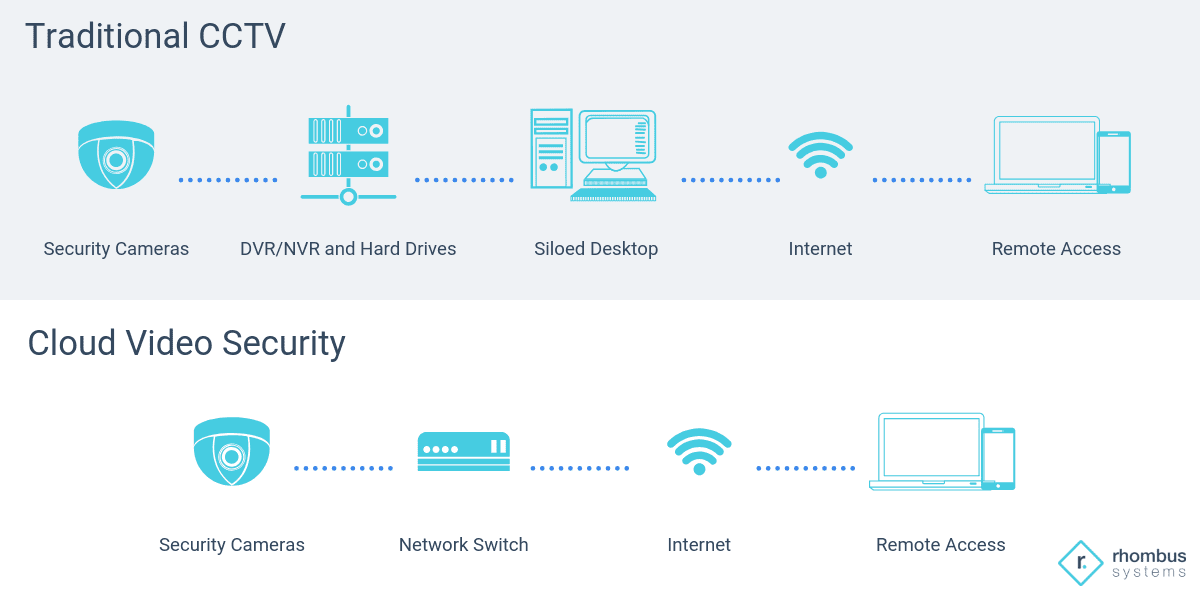
Evolution of the security camera
1990s
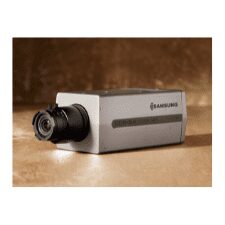
CCS-5 Hanwah Techwins First CCTV Camera
2000s
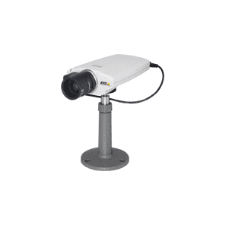
Axis Communications 211 CCTV Camera
2010s
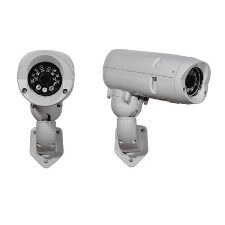
Redvision Verge CCTV Camera
2020s
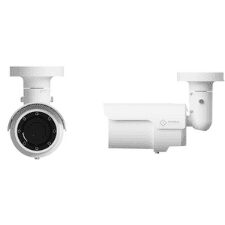
Rhombus Cloud-Based CCTV

